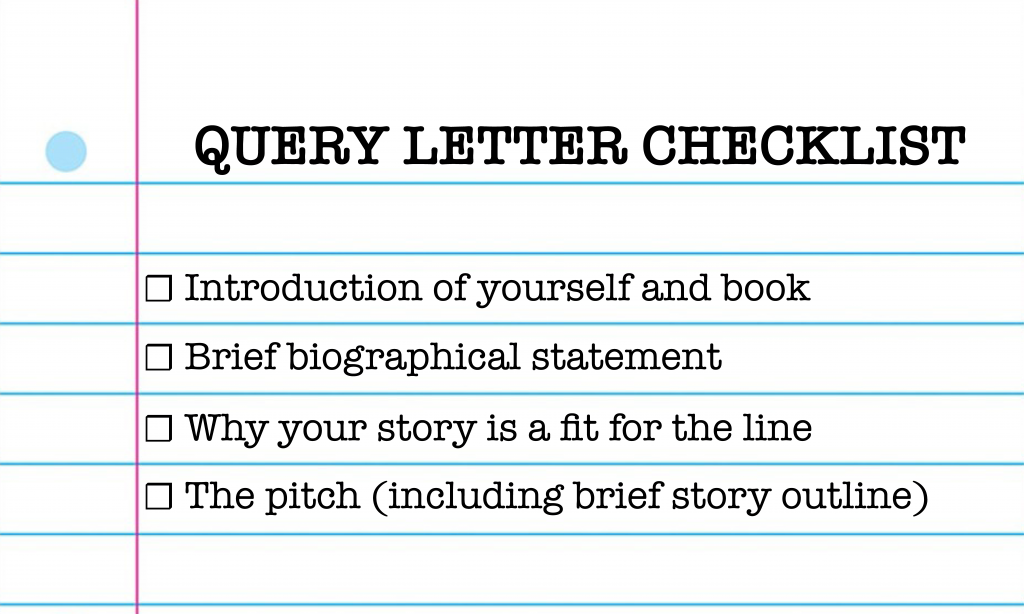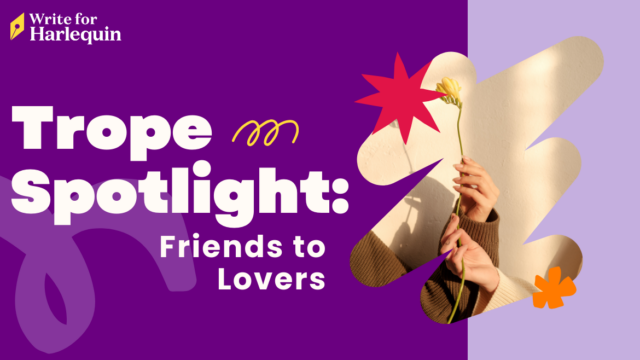
Before an editor opens your manuscript, our first introduction to you and your work is your query letter. Not only do we learn about your book – its protagonists, key plot points, hooks, and stakes – but we get a glimpse of who you are as an author.
After you’ve read the submission guidelines at Submittable to find the best home for your story, it’s time to craft that letter (or fine tune if you have one already). To make a strong first impression, here is a checklist of the elements to include followed by some more details and tips:

- Start your letter off with that introduction, which should have these key details: your legal name and pseudonym (if you use one), manuscript title, and word length.
- The brief biographical statement references your writing history. And, if this is your first work, please don’t hesitate to let us know. We strongly encourage debut writers to submit!
- Each Harlequin Series has hooks and elements unique to that line. Keep these in mind when you tell us in 1-2 lines why your story works for the line that you’re querying.
When it comes to the heart of your letter – the pitch – imagine recommending a book you absolutely love to someone. Think of that excitement and enthusiasm and everything that makes the work stand out! That’s what you’re doing here with an editor.
- Make sure to highlight the hooks of your story. Is this an enemies to lovers, workplace romance, for example? Let us know! Not only does this give us a glimpse of the emotional stakes and plot points to come, but it further emphasizes how your book fits with the line.
- Include a succinct story outline that introduces your protagonists and notes the key plot points, story conflict and resolution. The resolution is especially important. While it’s fine to tease readers, editors want to know how your love story ends. (For tips about writing your detailed synopsis, which is separate from your pitch, check this out!)
- To that end, try not to use the query letter to focus on backstory. An excellent piece of advice from Harlequin Special Edition editor Susan Litman is that, during a pitch, a backstory can work like quicksand. You can get stuck explaining why your characters ended up where they are rather than where they’re going.
- Just like you would do with your manuscript, proofread your query letter for obvious errors.
And, that’s it! Just remember that, at the end of the day, no one knows your story better than you do and no one is better suited in sharing and pitching it. You got this!




